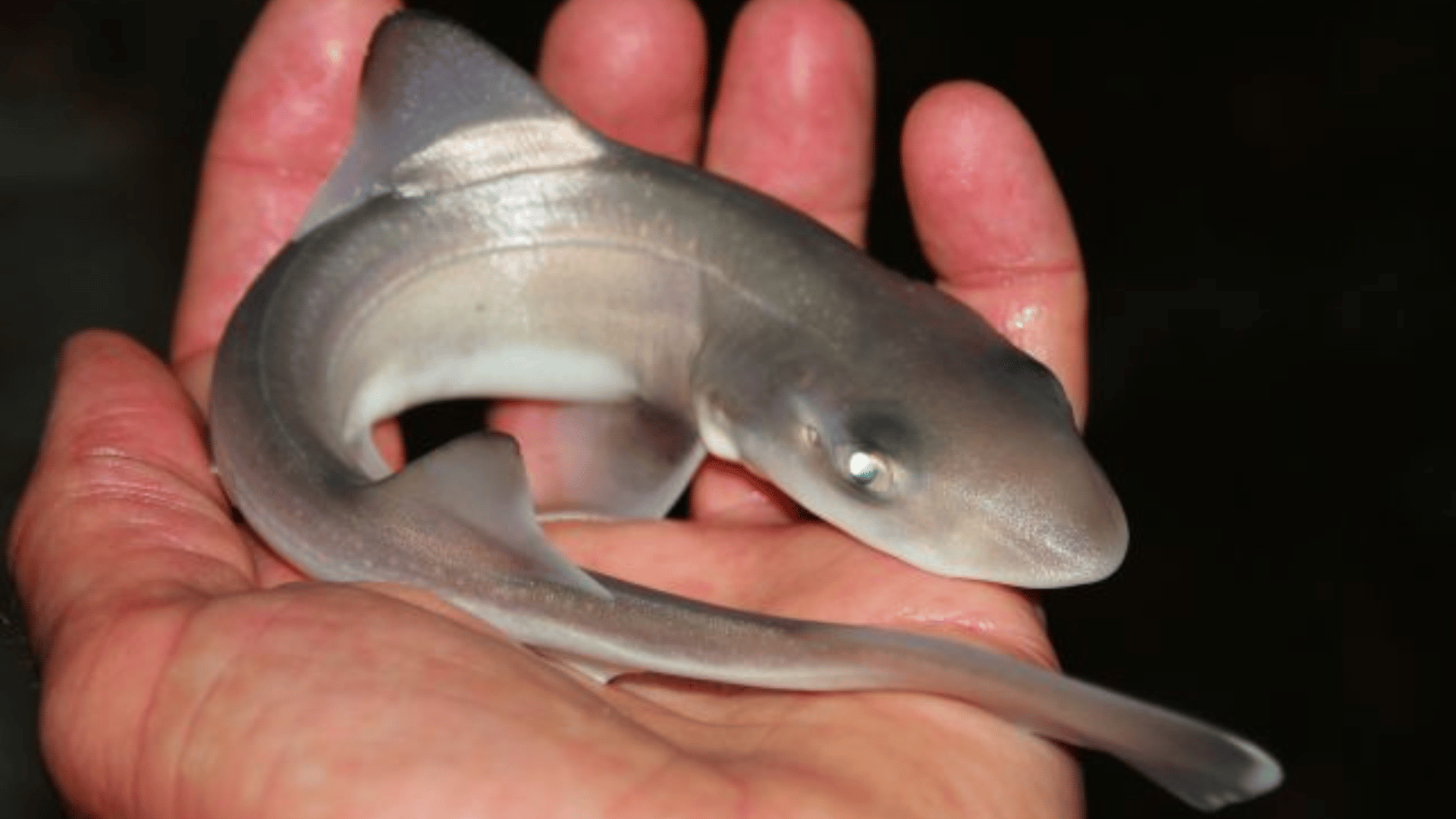Though sharks have long been considered eerily silent, scientists captured the first-ever recording of the ocean predators making noise—a loud clicking sound made by rigs. This research could lead scientists to learn about a whole new layer of shark communication.
“I was very surprised,” Carolin Nieder of Woods Hole Oceanographic Institute told ScienceAlert. “I was under the assumption that sharks don’t make sounds.”
Shark Sounds

Sound can travel long distances underwater, and many underwater animals are equipped with apparatuses used to make noises. These physical features include swim bladders, specialized muscles, and raspy surfaces to scrape against each other to create stridulation noises.
Elasmobranchs, the family of fish that includes sharks, are not known to possess any special sound-making apparatuses. Because of this, scientists were surprised in 2022 when they originally discovered two species of ray making intentional clicking noises. Following this discovery, they observed similar behavior in three species of batoids.
Nieder and her colleagues began their investigation with rigs in the estuaries of New Zealand because this species is small, making them ideal for testing and recording in standardized conditions. They had also heard anecdotal reports that rig juveniles in the wild making similar clicking sounds.
“Back in 2021, I used behavioral training experiments combining food and sound, which also included some handling. During these experiments, I happened to notice that one of the shark species made a clicking noise when being handled underwater,” Nieder said.
“At first, we thought it might be a strange artifact. However, with time, as the animals got used to the daily experimental protocol, they then stopped making the clicks altogether, as if they got used to being in captivity and the experimental routine. This led us to consider that maybe we are observing a sound-making behavior rather than a strange artifact.”
Recording Rigs
Researchers obtained and recorded 10 juvenile rigs, five male and five female, between May 2021 and April 2022. Each shark was placed in an experimental tank, and while researchers handled each shark for 20 seconds, they made short, high-frequency clicks.
The sharks only made clicking noises when they were being handled, however, not when they were swimming freely or feeding. Notably, the sharks also appeared to make more noises in the first ten seconds than in the second, leaving researchers to hypothesize that the noises were a distress response that diminished as they became accustomed to the handling.
The clicks averaged about 48 milliseconds per click, with a mean peak frequency between 2.4 and 18.5 kilohertz. The recording released by researchers features a sound at 2.4 kilohertz. For reference, most adults can only hear up to 17 kilohertz.
The study authors also attempted to determine the cause of the noises, believing that the most likely explanation is that the sharks snap their jaws together with force, smacking their teeth together to make a loud, percussive clicking sound. Further research is needed to determine whether the animals hear the clicking sounds or use them to communicate.
“Within the limits of the available data, the broadband frequency range and short duration of the rig clicks suggest the involvement of teeth snapped during rapid mouth closure for sound production,” the researchers write in their paper. “However, additional investigations will be necessary to test this hypothesis.”







